India is often referred to as the land of diversity, a mesmerizing blend of traditions, rituals, and a rich heritage that dates back thousands of years. India is the world's second-most populous country, accommodating a population of over one billion people. This country is a home to extensive ethnic and cultural diversity. The population of India is comprised of a diverse mix of ethnic, linguistic, and religious groups, each with their own cultures and traditions. One of the unique customs of the Indian people is their warm hospitality. In Indian culture, they consider guests as "Atithi Devo Bhava," which means "the guest is like God." This attitude reflects the deep respect that Indians show towards their guests. Hospitality in India goes beyond social etiquette and is considered an integral part of the country's rich and enduring culture.

In India, religion plays a significant role in daily life and the country’s culture. There are several religions in India, including:
- Hinduism: The largest religion in India, Hinduism, constitutes the majority of the population. This religion encompasses a wide range of beliefs, rituals, and philosophies and is recognized as one of the world’s oldest religions. Hinduism involves the worship of a diverse array of deities, including Brahma, Vishnu, and Shiva.
- Islam: The second-largest religion in India is Islam. The Muslim community in India is one of the largest Muslim populations in the world. Muslims in India have a long history, and some of the most significant Islamic architectural legacies, such as the Taj Mahal, are located in this country.
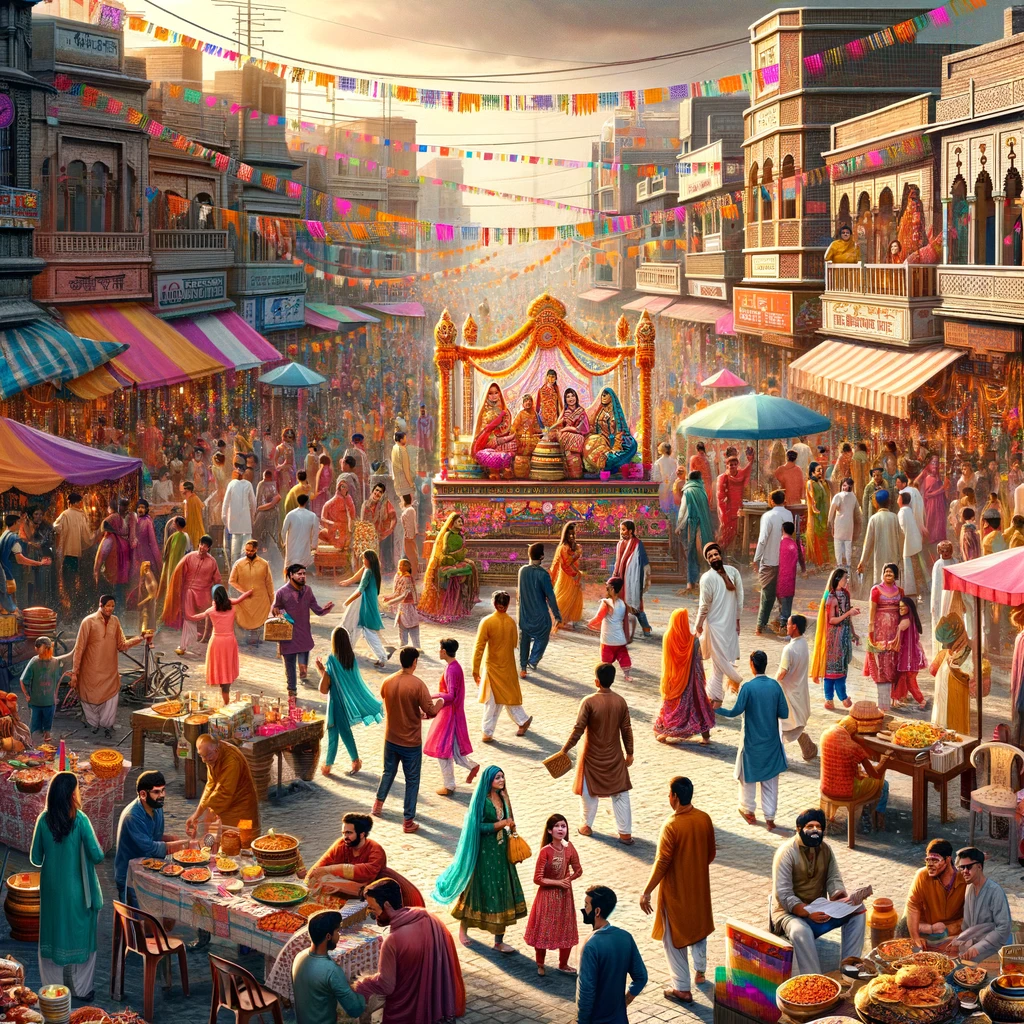
Festivals in India constitute a significant part of the country’s culture and traditions. These festivals not only showcase the cultural and religious diversity of India but also serve as occasions for celebration, joy, and gathering of families and local communities. Here are some examples of the most famous festivals in India:1. Diwali (Festival of Lights): Diwali is known as the festival of triumph of light over darkness and good over evil. Homes are decorated with colorful lamps and candles, and grand fireworks displays are held.2. Holi (Festival of Colors): Holi is a spring festival celebrated by throwing colored powders and liquids at each other. It symbolizes love, joy, and forgiveness.3. Navratri (Nine Nights Festival): Navratri is celebrated in the early spring and marks a fresh beginning. It involves various traditions and customs, celebrated differently across India.4. Dussehra: Dussehra commemorates the victory of the Hindu god Rama over the demon king Ravana. It is celebrated with traditional performances, religious rituals, and fireworks.5. Local Festivals: In addition to these major national festivals, each region and community in India has its own unique local festivals that reflect their distinct cultures and traditions.These festivals take various forms, from vibrant and colorful street celebrations to deep and spiritual religious ceremonies, and they represent the cultural and spiritual richness of India. Each festival has its own unique story and significance, providing an opportunity to experience this diverse and rich culture.
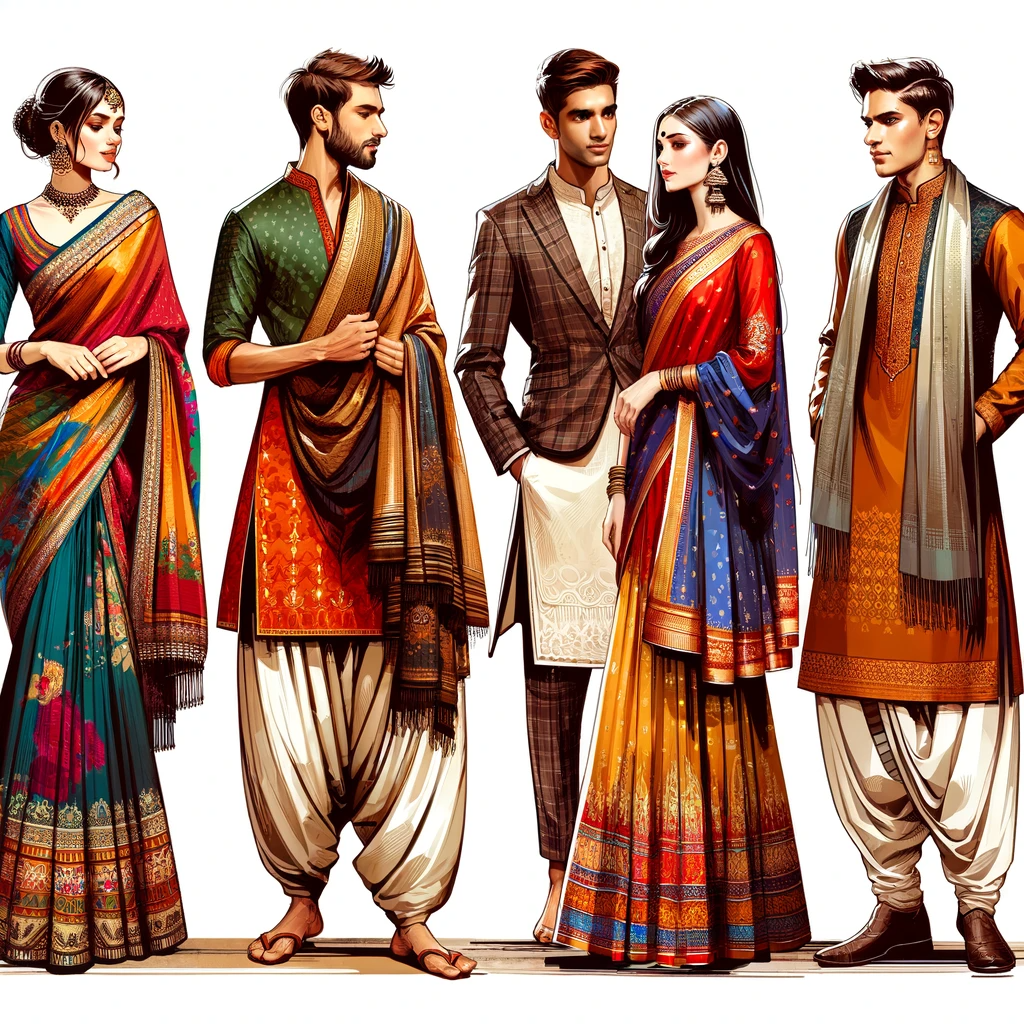
Traditional Indian clothing is incredibly diverse and colorful due to the cultural diversity of the country. Women often wear garments made from vibrant fabrics with intricate patterns that are draped around the body in various ways, combined with short blouses and sometimes longer scarves. These outfits are not only beautiful but also suitable for a wide range of activities, from everyday wear to special occasions.
Men typically wear comfortable and covered clothing, including long shirts and loose-fitting trousers. In more formal settings, wearing garments made from shiny fabrics with complex patterns is common. In India, clothing serves not only as attire but also as a symbol of cultural identity and regional traditions. Each garment tells a story of the region’s history, art, and culture.
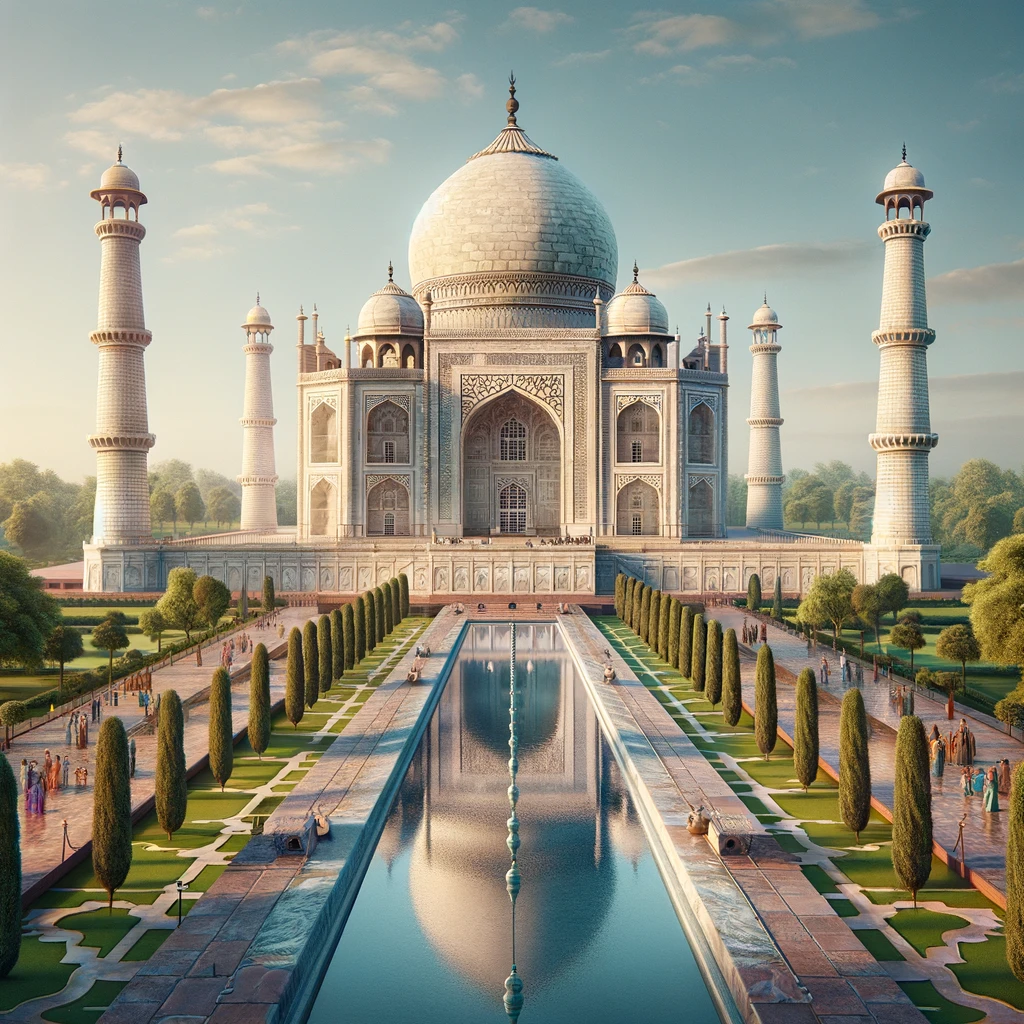
The most famous tourist attractions in India include:1. Taj Mahal: A magnificent mausoleum constructed from white marble in Agra, recognized as a symbol of love and one of the New Seven Wonders of the World.
The Taj Mahal, one of the world’s architectural masterpieces, holds a romantic yet poignant story within its walls. This structure was commissioned by Shah Jahan, the Mughal Emperor, in the 17th century to serve as a magnificent mausoleum for his beloved wife, Mumtaz Mahal.Mumtaz Mahal, originally named Arjumand Banu, passed away during childbirth in 1631, giving birth to their fourteenth child. It is said that Shah Jahan was deeply affected by this event and decided to create a splendid monument in her memory.The construction of the Taj Mahal began in 1632 and took approximately 22 years to complete. Over 20,000 workers, architects, and artisans from around the world were involved in building this magnificent structure. The Taj Mahal is constructed from the finest white marble and adorned with precious gemstones. It combines elements of Islamic, Persian, Turkish, and Indian architecture.The Taj Mahal is not only recognized as a marvelous work of art but also as a symbol of Shah Jahan’s eternal love for Mumtaz Mahal, immortalized in history. This beautiful mausoleum is situated on the banks of the Yamuna River in Agra and attracts numerous tourists from around the world every year.
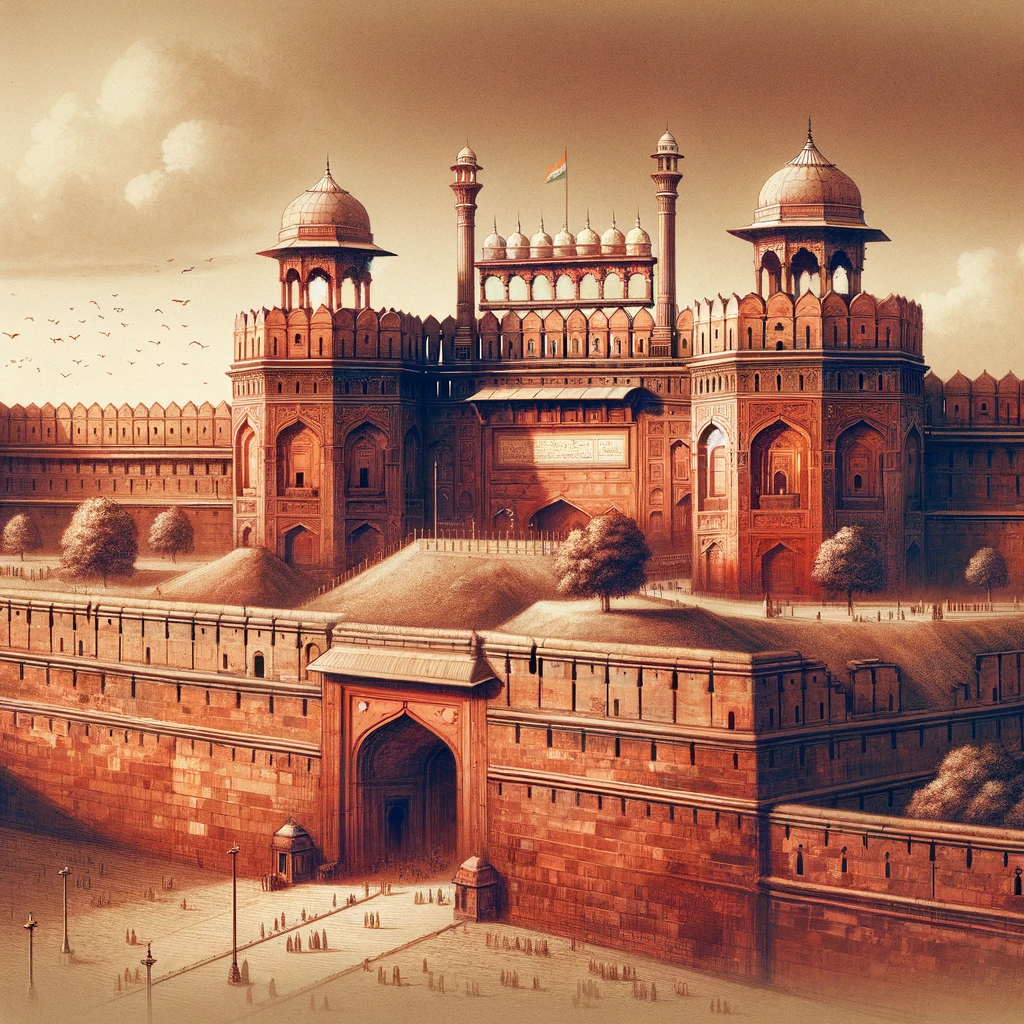
2. Red Fort, Delhi: A splendid historical complex in Delhi that exemplifies Mughal architecture and features beautiful halls, markets, and gardens.
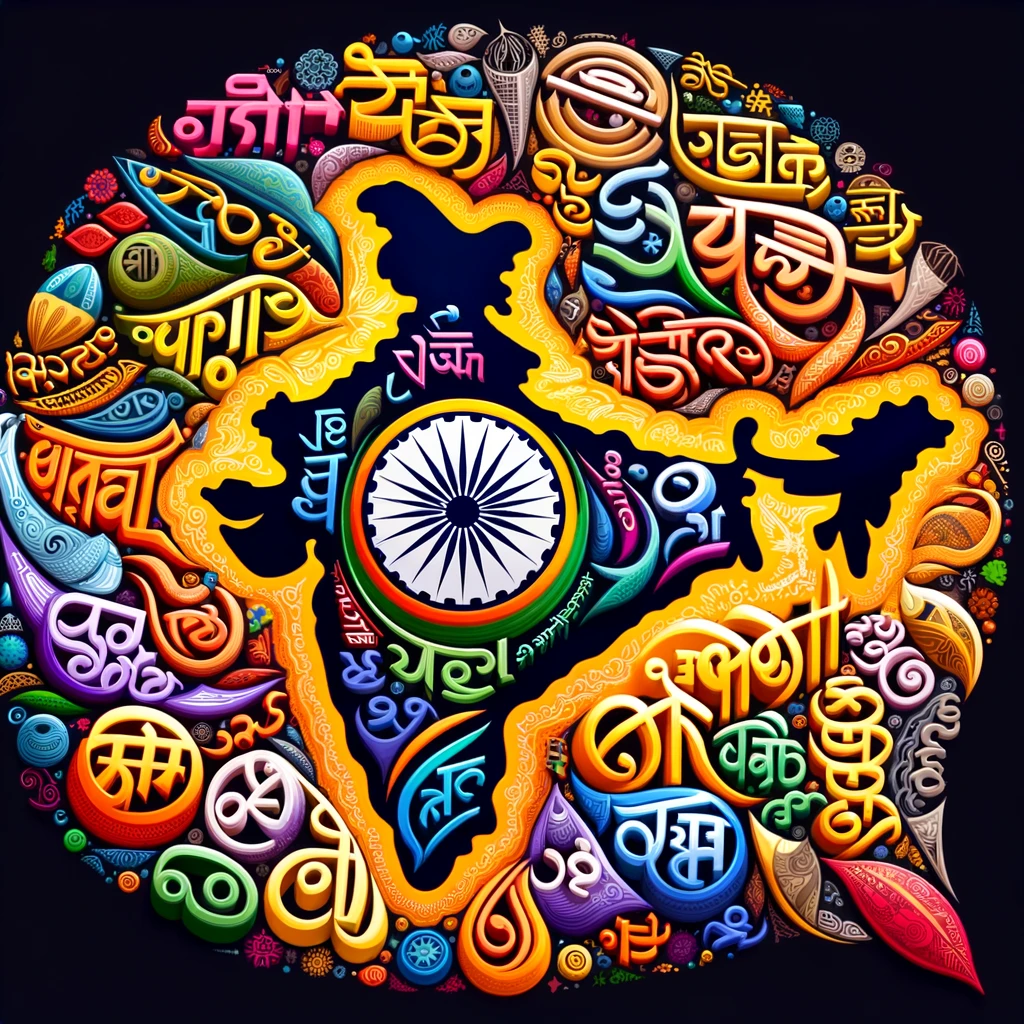
Languages in India are highly diverse and intricate. India is home to over 1,600 local languages and dialects. The two primary official languages of the country are Hindi and English.Hindi: Hindi, belonging to the Indo-Aryan language family, is widely spoken, particularly in the northern and central regions of India.English: As the second official language, English is primarily used in governmental, commercial, and educational domains and serves as a bridge language among various linguistic groups in India.
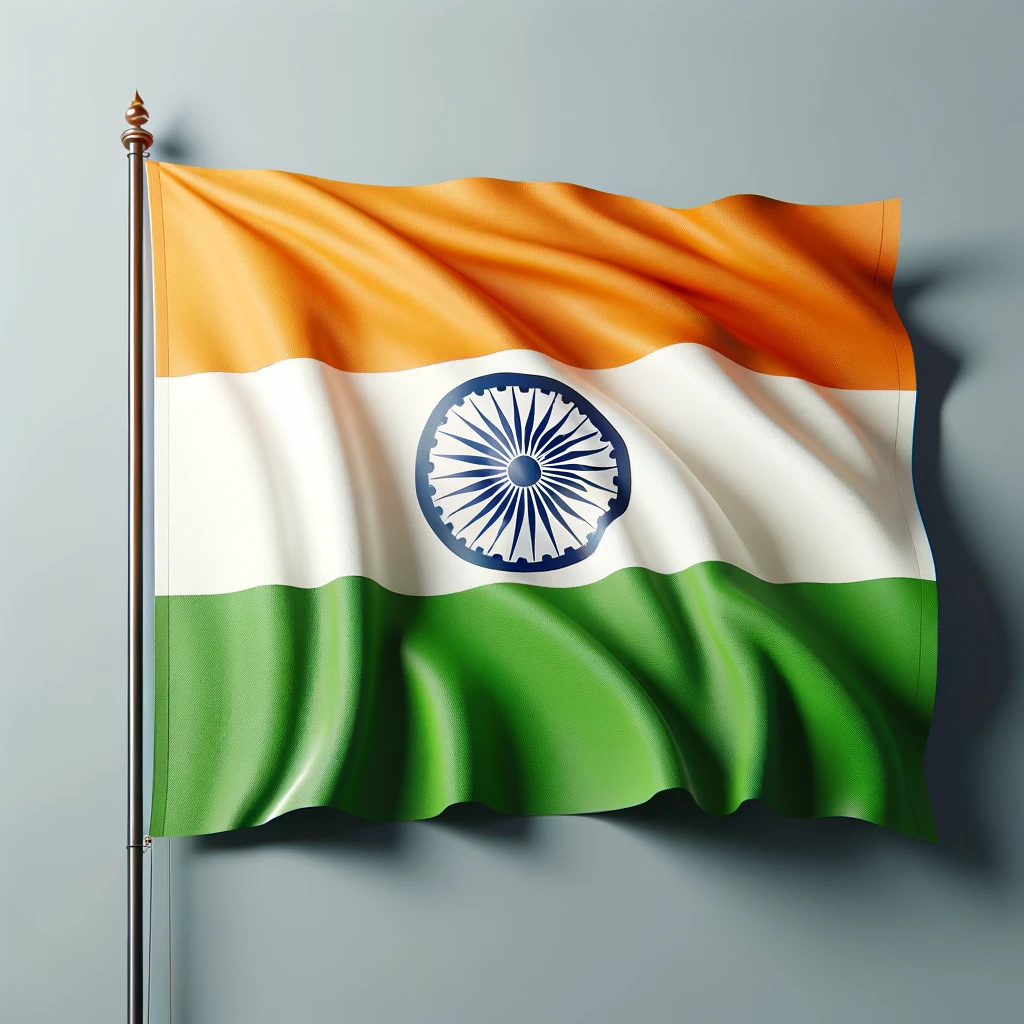
The national flag of India, known as “Tiranga” or the “Tricolor Flag,” is a powerful symbol of the national identity and unity of India. This flag consists of three colors:1. Saffron (Kesariya): The top color of the flag is saffron, which symbolizes courage, strength, and sacrifice.2. White: The middle stripe is white, symbolizing peace, truth, and purity. In the center of this stripe is a blue wheel known as the “Ashoka Chakra.” This wheel has 24 spokes and represents continuous movement towards progress and justice.3. Green: The bottom color of the flag is green, representing agriculture, wealth, and the abundance of India’s natural resources.

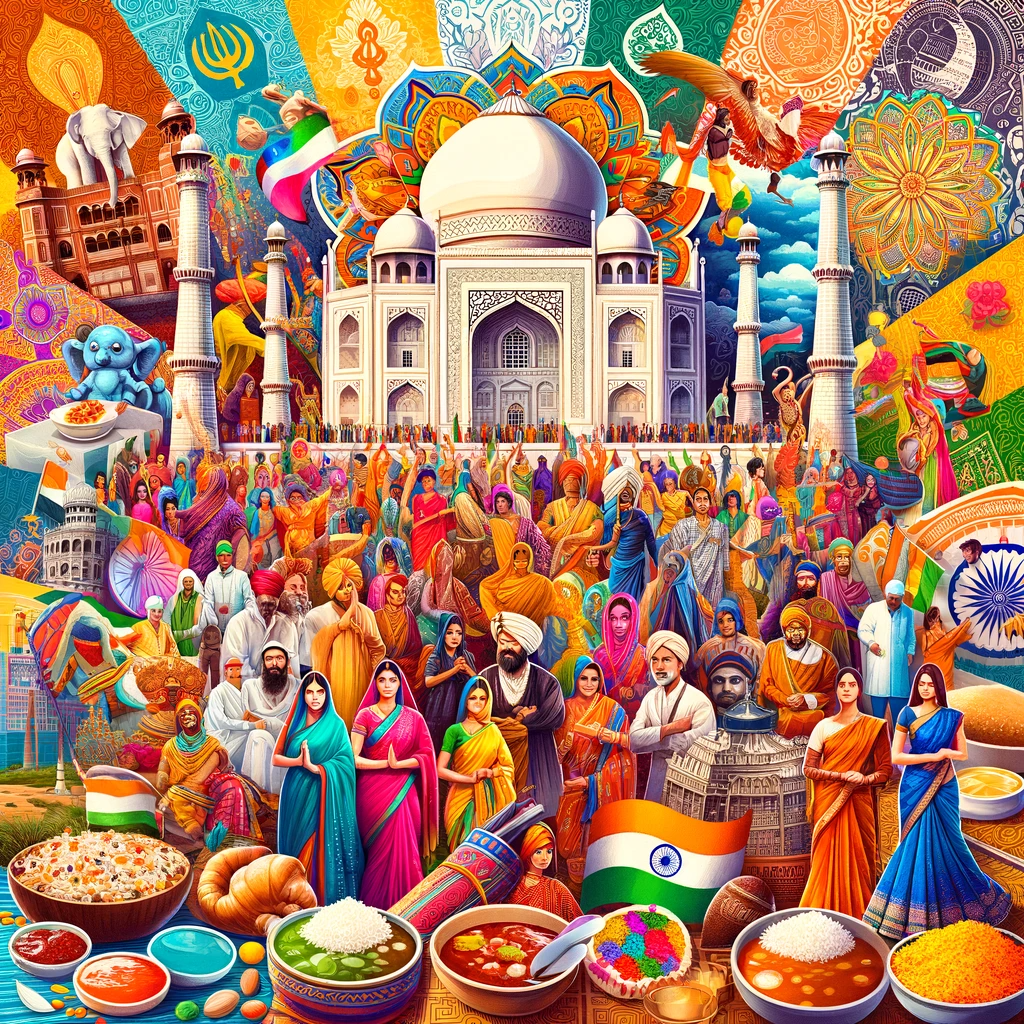
Leave a Reply